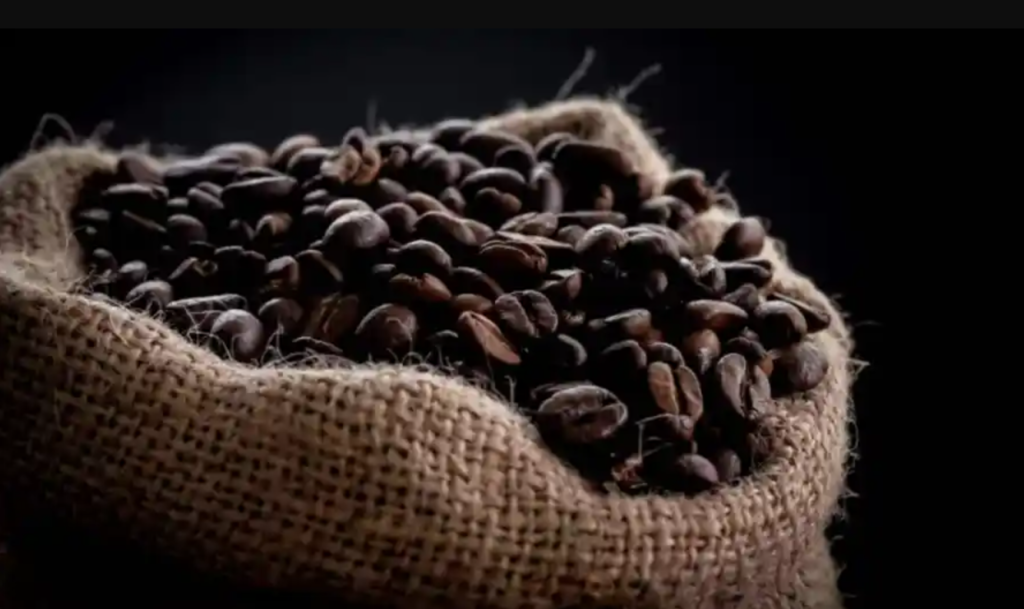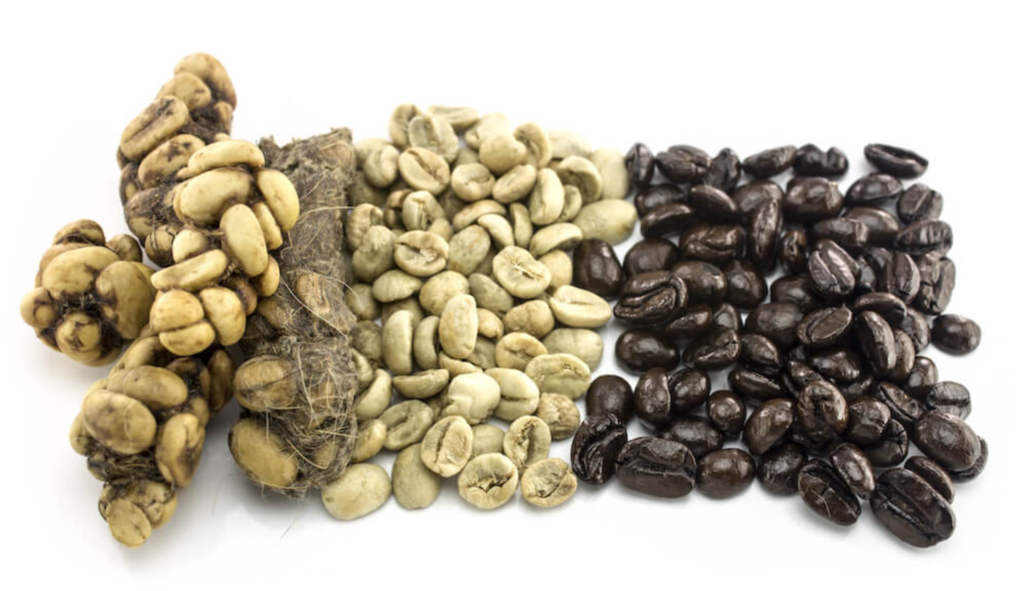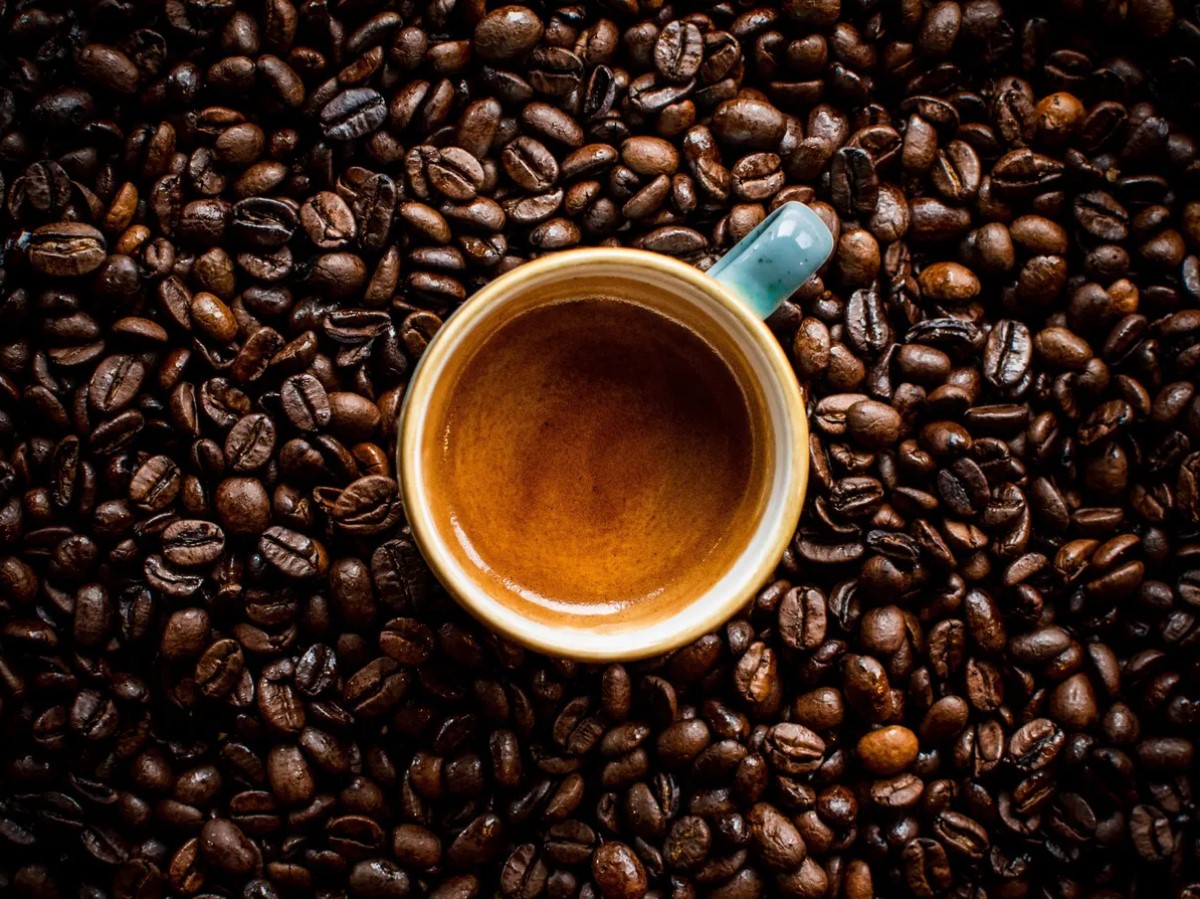Battle of the Beans: Kopi Luwak vs. Blue Mountain
Kopi Luwak and Blue Mountain are the two brands that dominate the world of specialty coffee. Due to their distinctive flavors and innovative manufacturing methods, these eminent brews have attracted coffee connoisseurs from all around the world. One is the outcome of nature’s strange alchemy involving a civet cat, and the other is the consequence of the pristine Jamaican hillside.
Kopi Luwak and Blue Mountain coffee are two of the most well-known coffees in the world, and their great demand has caused them to be significantly more expensive than the ordinary. In this article, we contrast these exotic beans in terms of production, growth areas, flavor, and cost.
Where and How is Kopi Luwak Made?

It’s a popular misconception that ‘kopi luwak’ is a specific type of bean or a term given to beans cultivated in a specific region. But the name of the coffee comes from the digestive process it goes through. The short version of how kopi Luwak is made is that little creatures known as Asian Palm Civet eat and partially digest mature coffee cherries. We have written lengthy articles on the subject.
However, they are unable to completely digest the cherry, and once they urinate the berries, the green beans are still whole. Farmers then gather the green beans from the animal’s feces and clean and process them. The coffee beans undergo a variety of advantageous modifications as a result of this peculiar and distinctive procedure, which we will cover in more detail in the following section. Coffee is now primarily grown on farms or in the wild, respectively.
Production of wild kopi Luwak requires enabling Asian Palm Civets to roam freely in their habitat and eat coffee cherries as they wish, which are a natural diet component. Farmers then gather the animal feces, and the beans are taken out. The kopi Luwak made using this original process is the most sought-after variety. However, as you would expect, it requires a lot of labor and is therefore costly.
Where and How is Blue Mountain Coffee Made?
The highest mountains in Jamaica, between three and five thousand feet above sea level, are used to grow genuine Blue Mountain coffee. The beans’ coveted flavor is frequently attributed to the volcanic soil and copious rains. It should be noted that only coffees cultivated in a certain area and altitude on the eastern side of the island can be categorized as Blue Mountain, not all coffees grown in Jamaica.
These days, coffees with a similar flavor are cultivated in different nations and frequently use the Blue Mountain brand name. Blue Mountain coffee is often hand-picked before being processed like the majority of other coffees. Usually, it is washed rather than processed naturally, producing a more “pure” cup.
Kopi Luwak vs Blue Mountain – Discovering the Flavor

The fact that kopi Luwak is so smooth stands out as its most distinguishing feature. This is because the digestion process that the beans go through diminishes their protein level. Kopi Luwak is notably smoother than beans treated normally since protein is thought to be mostly responsible for the bitterness in coffee. This is probably one of the reasons why many people who usually add spices to their coffee don’t feel the same way about kopi Luwak.
While kopi luwak has earthy undertones, Blue Mountain is renowned for its sharp acidity, balance, and floral flavor. High-altitude arabica is known for its bright acidity. Having said that, it is comparable to kopi luwak in that it frequently receives praise for lacking bitterness and having overtones of chocolate and almonds.
Kopi Luwak and Blue Mountain: Best Prices
Kopi Luwak, a specialty coffee manufactured in Indonesia, is the world’s second most costly coffee bean. Kopi Luwak coffee beans, often known as civet or “crap coffee,” are gathered from the droppings of the indigenous Luwak, a cat-like forest mammal that consumes mature coffee cherries. The finished product can be purchased for up to $600 per kilogram.
Both Arabica and Robusta coffee fruits, which are cultivated on the Indonesian islands of Java and Sumatra, are used to make it. Before being sun-dried and roasted, the ejected coffee beans are cleansed and washed.
Certified Jamaica Blue Mountain Coffees are a little less expensive than kopi Luwak, although still being expensive for coffee. While costs vary from farm to farm, the average price per kilogram of coffee is roughly $250 USD.
You must exercise caution if you wish to try the actual thing. There are numerous less expensive coffees with the name “Blue Mountain” on the package, however frequently they are blended or not the real Jamaica Blue Mountain.


One thought on “Coffee Clash: Kopi Luwak vs. Blue Mountain – A Battle of Beans and Brews!”